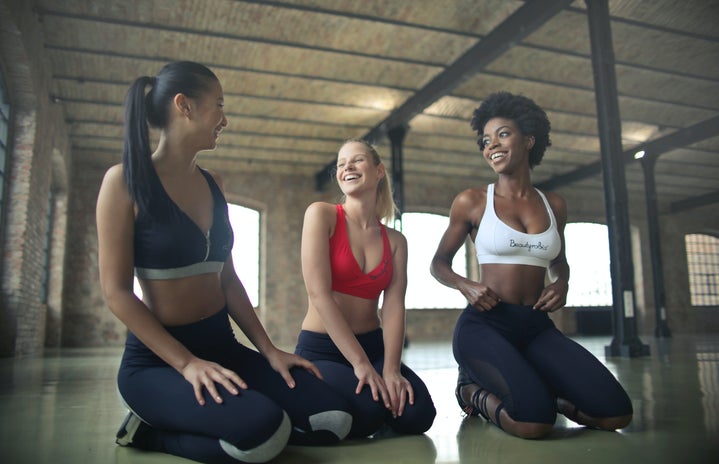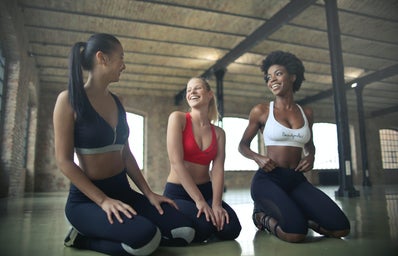ASMR stands for Autonomous Sensory Meridian Response. It is described by many as a tingling sensation in the head in response to various audio-visual stimuli. ASMR has gained a lot of popularity in recent years, and has been the topic of conversation by many ranging from mainstream media to scientific researchers.
One of the earliest examples of ASMR is from Bob Ross, a painter who had a television series in the 1980s called “The Joy of Painting”. He would speak calmly and slowly, while brushstrokes could be heard as he painted along. At the time of course, no one knew that the relaxation they were feeling was in fact ASMR.
ASMR later began to gain more recognition as it gained popularity on YouTube. In the late 2000s, many people felt the signature “tingles” associated with ASMR, and started posting videos of themselves whispering and tapping on objects. Before the ASMR name existed, these creators made up the “whisper community”.
Jennifer Allen had felt this tingling sensation her whole life, and never had any answers as to what it was. After many attempts of searching the internet for answers, she finally found a forum with many users discussing the exact phenomenon she was feeling. In 2010, she came up with the name ASMR and created a Facebook group to find others who were feeling it. While Jennifer Allen’s Facebook group quickly gained popularity, so did the whispering videos on YouTube. Now there are thousands of what are now called ASMRtists, posting creative and elaborate videos. They make up what is now more formally called the “ASMR community”.
Not much is known about ASMR and the mechanisms behind how it comes about. What is commonly known however, is that it is a sensation in the head associated with feelings of relaxation. This happens in response to certain stimuli such as whispering, soft speaking, tapping, hair brushing, flipping pages of books, and even chewing sounds. Not all experience the tingles, however many do feel relaxed by ASMR nevertheless.
I have personally been watching ASMR videos since around 2014. ASMR was fairly known at the time, as it was just beginning to infiltrate mainstream media. I knew what it was but I thought it was a weird idea and had no interest in watching it. I later remembered that I had always felt relaxed by people writing on chalkboards, and decided to search “ASMR chalkboard” on YouTube. I absolutely hated it; I felt extremely uncomfortable watching it and decided that ASMR was not for me. Months later, I stumbled upon a video by one of the most famously known ASMRtists, GentleWhispering. I fell asleep to her video in minutes. Since then, while I do not feel tingles, ASMR has really helped me with stress and has helped me fall asleep in half the time it used to take me.
At first, I didn’t tell others that I watched ASMR, as I received the same response every time. “ASMR is weird. I feel so uncomfortable watching it.” ASMR has a strange reputation, where some either love and swear by it, while others find it odd and unsettling. I later realized that I didn’t really care what others thought. ASMR was something that helped me calm down after a long day, or fall asleep when I just couldn’t turn my mind off. I now tell people how much ASMR helped me, because maybe it will insight someone else like me, who thinks it’s weird and uncomfortable, to give it a try.
I think that regardless of whether or not you watch ASMR, the idea of being able to reduce someone’s stress with the simplest of sounds, in a world filled with stress, is something worth appreciating.
Images Obtained From:
https://pixabay.com/photos/girl-music-fashion-listen-1990347/
https://helloyishi.com.tw/healthy-living/mental-health/what-is-asmr/
Information Obtained From:
https://www.nytimes.com/2019/04/04/magazine/how-asmr-videos-became-a-sensation-youtube.html
https://www.ncbi.nlm.nih.gov/pmc/articles/PMC6010208/pdf/pone.0196645.pdf


